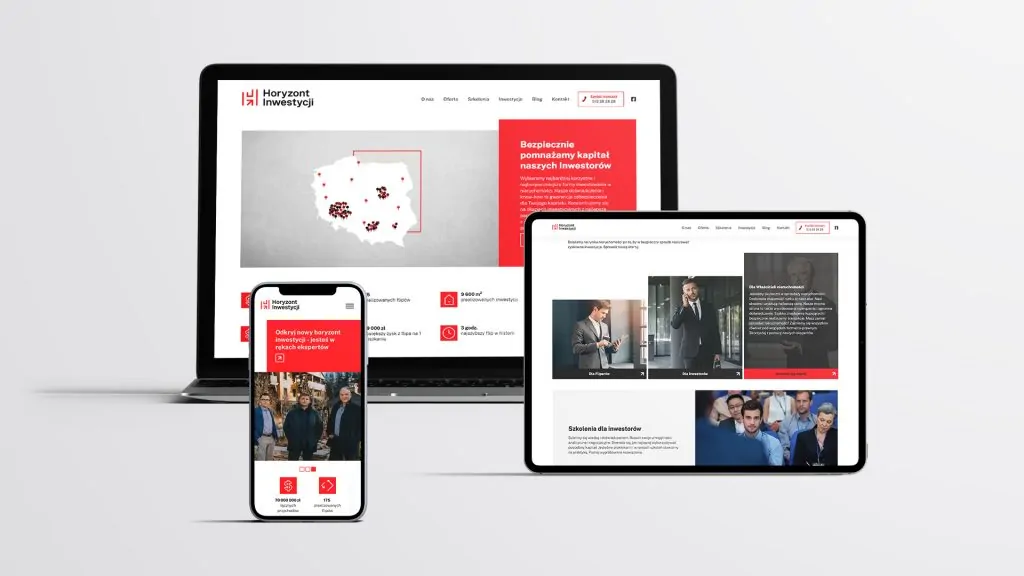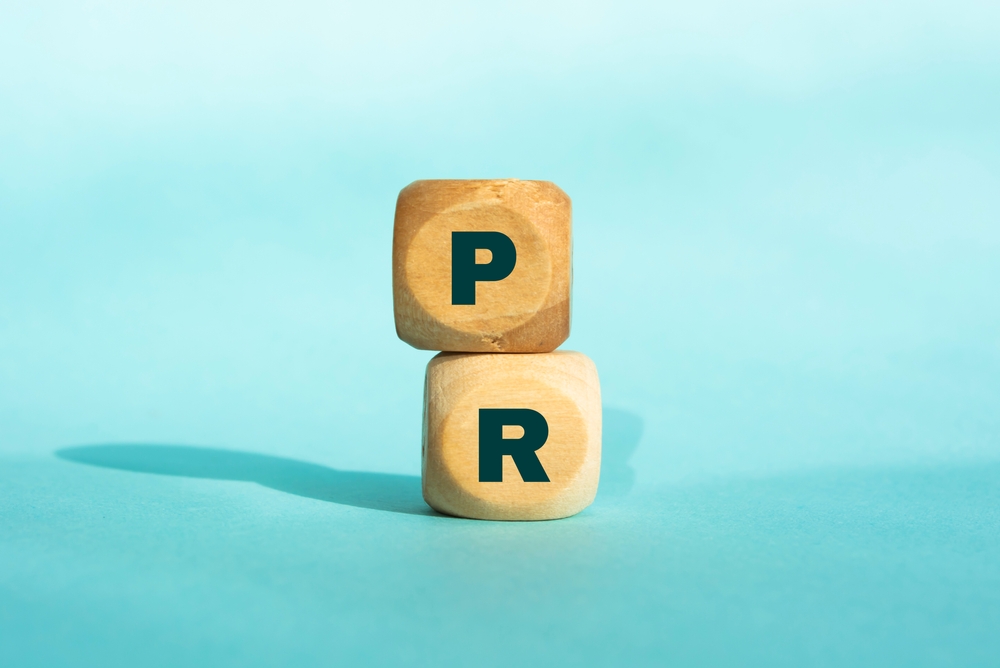Public Relations (PR) is strategic communication aimed at building and maintaining positive relationships between an organisation and its environment. Effective PR goes far beyond the traditional understanding of promotion, becoming an element of reputation management and building brand trust. Skilful use of PR tools can determine a company's competitive advantage.
What are the functions of PR?
PR has a number of important functions in an organisation that go far beyond the traditional understanding of promotion. One role is to shape the company's image in the eyes of different stakeholder groups. This includes customers, but also employees, investors, business partners and local communities. The PR strategy should be closely integrated with the overall business objectives of the organisation. This means that PR activities cannot be carried out in isolation from other areas of the company's operation. Effective PR supports the implementation of the business strategy, strengthening the brand's position in the market and building trust among audiences.
An example of the effective use of PR in practice is the company's "Share a Coke" campaign Coca-Cola. Coca-Cola replaced its iconic logo on bottles and cans with 150 of the country's most popular names. The campaign encouraged consumers to share the drinks with friends and family, creating a personal experience. The hashtag #ShareaCoke went viral, generating millions of interactions on social media. Another example is the company's PR strategy Tesla, which has consistently built an image as an innovative and green brand by engaging in renewable energy and sustainability projects.

Modern PR tools
PR tools have evolved significantly. Media relations, traditionally focused on working with print press and television, now also encompasses a broad spectrum of digital media. However, it is still important to build lasting relationships with journalists and influencers who can become brand ambassadors.
- Social media platforms have become an integral part of PR strategies. They make it possible to communicate directly with audiences, respond quickly to crisis situations and build a community around the brand. Company Airbnb effectively uses social media to promote its services, e.g. by engaging users by encouraging them to share their travel experiences.
- Data analysis in PR is also becoming increasingly important. Advanced analytical tools allow the precise measurement of the effects of PR activities, the identification of influencers and the monitoring of brand sentiment in real time. Companies such as IBM use artificial intelligence to analyse vast amounts of data, allowing more precise targeting of messages and prediction of market trends.
- Content marketing has become an integral part of modern PR. Creating valuable content that educates and inspires your audience helps to establish you as an expert in your industry. Red Bull is an example of a company that goes beyond traditional advertising by creating its own media and engaging content related to sport and active lifestyles.

PR in crisis management
Preparing for potential image crises is part of the PR strategy. This includes the development of crisis scenarios, preparation of a rapid response team and regular simulation exercises.
Business Johnson & Johnson is often cited as an example of effective crisis management after the 1982 contaminated Tylenol capsules incident. In October 1982, Johnson & Johnson faced an unprecedented crisis when seven people in the Chicago area died after taking Tylenol Extra-Strength capsules. It turned out that an unknown perpetrator had placed a lethal dose of cyanide in the capsules. Johnson & Johnson immediately took action, which became a model for crisis management:
- Flash recall - The company has recalled 31 million bottles of Tylenol worth more than $100 million.
- Prioritising public safety - J&J has put consumer safety above financial gain.
- Transparent communication - The company openly communicated with the media and the public, holding press conferences and providing regular updates
In contrast, the case of United Airlinesthat forcibly removed a passenger from an overloaded flight is an example of how a lack of appropriate response can exacerbate a crisis. On 9 April 2017, there was a high-profile incident aboard United Express flight 3411 from Chicago to Louisville. Dr David Dao, a 69-year-old Vietnamese-American doctor, was forcibly removed from the plane by airport security officers after he refused to leave his seat voluntarily. The passenger was violently dragged from his seat and dragged through the aisle of the plane, suffering facial injuries in the process. United Airlines' inadequate response led to an escalation of the crisis:
- Footage of the incident quickly spread on social media, sparking outrage.
- The hashtag #BoycottUnited has gained popularity on Twitteri.
- Chinese social media users accused United of racism. This has threatened the company's position in the Asian market.
Financial implications:
- United's shares fell by 4% the day after the incident, reducing its market value by almost $1bn.
- This was the second largest drop in the S&P 500 Index on the day.
Trends in PR
Personalisation of communications is becoming an increasingly important trend in PR. Companies are using data and technology to tailor their messages to individual audience preferences. Netflix is an example of a company that makes effective use of personalisation, tailoring film and series recommendations to the tastes of individual users.
Video as a PR tool is growing in importance due to the increasing popularity of platforms such as YouTube, TikTok if Instagram Reels. Short, engaging videos allow key messages to be communicated effectively in a compelling format. GoPro uses user-generated content, encouraging users to share their recordings, thereby building brand authenticity.
IKEA

Today's PR goes far beyond the traditional understanding of corporate communication. It is becoming a strategic tool for building competitive advantage, managing reputation and shaping relationships with stakeholders. It is the companies that are able to effectively use modern PR tools, personalise communication and adapt quickly to changing trends that stand a chance of building a strong, recognisable brand and a loyal customer base.
Do you know that:
What are the types of public relations?
There are many types of public relations, and each is used to achieve different goals. In order to achieve the highest benefits for your company, it is worth recommending a proven and experienced marketing agency to implement the appropriate PR.
What are the main benefits of public relations activities?
Public relations primarily increases the credibility of the brand and makes it trustworthy on the market. Another very important aspect is increasing the level of sales, which directly translates into higher profits. Effective PR means that companies have a better chance of effectively reaching the right audience.
What are the most important tools used in PR today?
Currently, the most important tool for effective PR is undeniably the Internet - all kinds of websites, blogs and social media. First of all, social media is a communication channel eagerly used by companies, encouraging to establish relationships and effective dialogue.
What are the most effective public communication strategies that can be used in the tech industry?
Nowadays, the tech industry is constantly evolving and you need to be able to communicate effectively to be successful. One of the most effective public communication strategies that can be used in this industry is the use of public relations (PR) activities. They fall into several categories, including, for example, offering expert knowledge in the media, organizing press conferences, educating the public on new technologies and providing customers with the best quality of service. All these approaches are aimed at building trust and a positive image of the company, which will translate into its success and customer loyalty.
What are the trends and innovations in the field of Public Relations that are of particular importance to the e-commerce industry?
Nowadays, Public Relations is a key element of every company's activity, including e-commerce. Trends and innovations in this field play a particularly important role in the e-commerce industry. What's hot right now? According to experts, one of the most important trends is the personalization of communication. Customers expect the brand to adapt its messages to their needs and interests. Video also plays a big role as it is perceived as more accessible and attractive to the audience than plain text. An important innovation in PR for e-commerce are also analytical tools that allow for a thorough understanding of customer needs and behavior. With the use of modern tools, you can act effectively and efficiently, attracting the attention of potential customers and maintaining the loyalty of existing ones.


